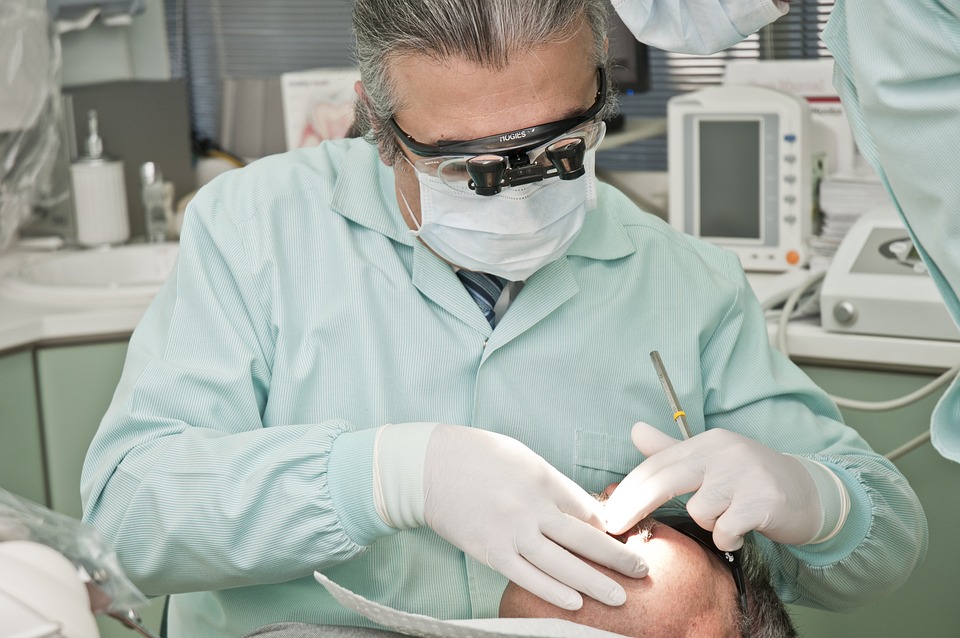A Complete Guide to Dental Procedures: From Cleanings to Implants
Dental care is an essential aspect of overall health and well-being. Regular dental procedures, such as cleanings and check-ups, play a vital role in maintaining oral hygiene and preventing dental issues. In more complex cases, dental implants may be required to restore missing teeth and improve oral functionality. This comprehensive guide aims to provide a detailed overview of common dental procedures, including their benefits, process, and frequently asked questions.
1. Dental Cleanings: Promoting Optimal Oral Health
Dental cleanings, also known as prophylaxis, are professional teeth cleaning procedures performed by dental hygienists. These routine check-ups are essential for maintaining healthy teeth and gums. During a dental cleaning, the hygienist will carefully remove plaque and tartar buildup from your teeth, which cannot be effectively eliminated through regular brushing and flossing alone.
The process involves the following steps:
- Physical examination of your mouth and teeth
- Removal of plaque and tartar using specialized tools
- Thorough cleaning and polishing of your teeth
- Evaluation of your oral hygiene practices and recommendations for improvement
Dental cleanings are typically recommended every six months, but the frequency may vary depending on your oral health needs. Regular cleanings help prevent tooth decay, gum disease, and other dental issues, ensuring optimal oral health.
2. Dental Fillings: Restoring Teeth
Dental fillings are commonly used to repair teeth damaged by decay. When a tooth is affected by a cavity, the decayed portion is removed, and the resulting space is filled with a suitable material. This process prevents further decay and restores the tooth’s strength and functionality.
The steps involved in a dental filling procedure include:
- Numbing the area around the affected tooth using a local anesthetic
- Removing the decayed portion of the tooth
- Cleansing the area to remove any debris or bacteria
- Applying the dental filling material, such as composite resin or amalgam
- Shaping and polishing the filling for a natural look and comfortable bite
Dental fillings are available in various materials, each with its own advantages and considerations. Your dentist will guide you in selecting the most suitable option based on the location and extent of the cavity, as well as your aesthetic preferences.
3. Dental Crowns: Restoring Function and Appearance
Dental crowns, also known as caps, are prosthetic devices used to restore severely damaged or decayed teeth. They cover the entire visible portion of the tooth, providing protection, strength, and an improved appearance.
The process of getting a dental crown typically involves:
- Numbing the tooth and surrounding area with a local anesthetic
- Reshaping the tooth to create space for the crown
- Taking impressions of the tooth to create a custom crown
- Placing a temporary crown while the permanent one is being fabricated
- Bonding the permanent crown to the tooth using dental cement
Dental crowns can be made from various materials, including porcelain, metal alloys, or a combination of both. Your dentist will recommend the most suitable option based on your specific needs, considering factors such as durability, aesthetics, and functionality.
4. Dental Implants: A Permanent Solution for Missing Teeth
Dental implants are a popular and effective long-term solution for replacing missing teeth. They consist of artificial tooth roots, usually made of titanium, that are surgically placed into the jawbone. These implants provide a stable foundation for dental prosthetics, such as crowns, bridges, or dentures.
The dental implant procedure typically involves the following steps:
- Evaluation of your oral health and suitability for dental implants
- Surgical placement of the implant into the jawbone
- Healing period to allow the implant to fuse with the bone (osseointegration)
- Placement of the abutment, which connects the implant to the prosthetic tooth
- Attachment of the custom-made dental crown, bridge, or denture
Dental implants provide numerous benefits, including improved oral function, enhanced aesthetics, and increased self-confidence. They are designed to blend seamlessly with your natural teeth, offering a long-lasting and durable solution for missing teeth.
Frequently Asked Questions
Q: Are dental cleanings painful?
A: Dental cleanings are not generally painful. However, you may experience slight discomfort or sensitivity during the procedure, especially if you have sensitive teeth or gum disease. Your dental hygienist will ensure your comfort throughout the cleaning process.
Q: How long do dental fillings last?
A: The durability of dental fillings depends on various factors, such as the material used and your oral hygiene practices. On average, dental fillings can last between 5 to 15 years. Regular dental check-ups will help monitor the condition of your fillings and detect any signs of wear or deterioration.
Q: Are dental crowns noticeable?
A: Dental crowns can be designed to match the color and appearance of your natural teeth, ensuring a seamless blend. Modern advancements in dental materials and techniques have made it possible to create highly aesthetic and natural-looking crowns.
Q: Can anyone get dental implants?
A: Dental implants require a sufficient amount of healthy jawbone to support the implant. Additionally, good oral health and overall health are essential for successful implant placement. Your dentist will evaluate your specific circumstances to determine if you are a suitable candidate for dental implants.
For more information on dental procedures and oral health, you can visit Example Link or Another Example Link.
 skyglide Explore Beyond
skyglide Explore Beyond

